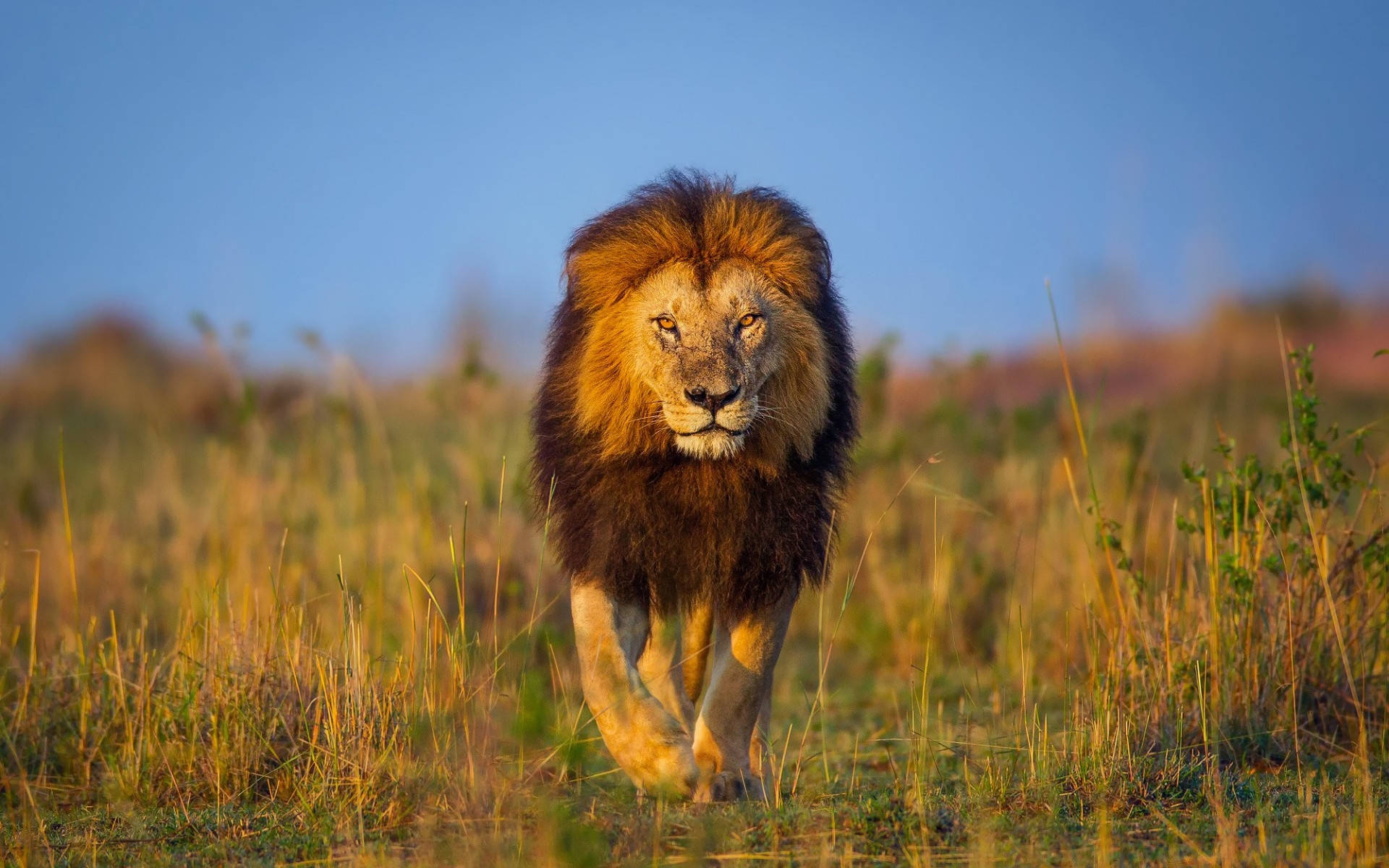
When most people think of lions, they picture a powerful golden cat roaming the African savanna. But the lion, Panthera leo, is not a one-size-fits-all species. In fact, there are several subspecies of lions, each with unique traits shaped by their environment and genetics. Understanding these subspecies is key to conserving this iconic animal and preserving the biodiversity of the regions they inhabit.
How Are Lion Subspecies Classified?
Scientists have historically debated how to classify lions. In the past, up to a dozen subspecies were proposed, mostly based on physical appearance and geographic location. However, recent genetic studies have refined our understanding. Today, lions are typically divided into two main subspecies, each with their own regional populations:
- Panthera leo leo – Found in West and Central Africa, and the endangered population in India.
- Panthera leo melanochaita – Found in Southern and East Africa.
Within these broader groupings, there are several regional variants with notable differences. Let’s explore them in more detail.
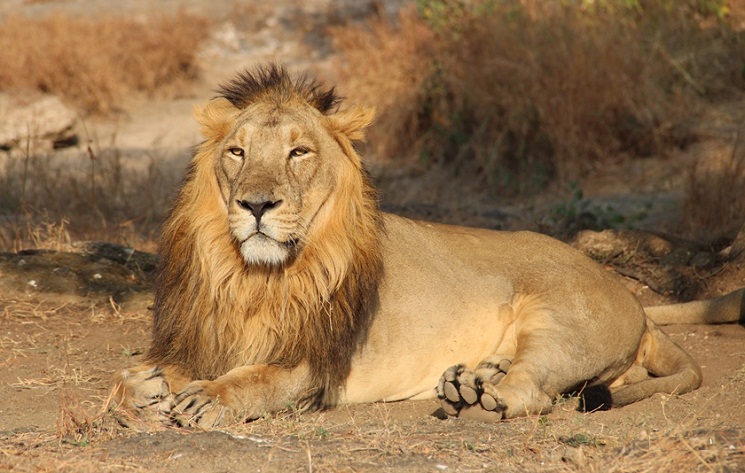
1. Asiatic Lion (Panthera leo leo)
- Location: Gir Forest, India
- Population: ~600 individuals
- Key Traits:
- Slightly smaller than African lions
- Shorter, sparser manes on males
- A distinct skin fold along the belly
- Live in much smaller prides
- Conservation Status: Critically endangered
- Fun Fact: Asiatic lions once roamed from the Middle East to northern India. Now, they survive only in one protected forest in Gujarat, making them one of the rarest big cats in the world.
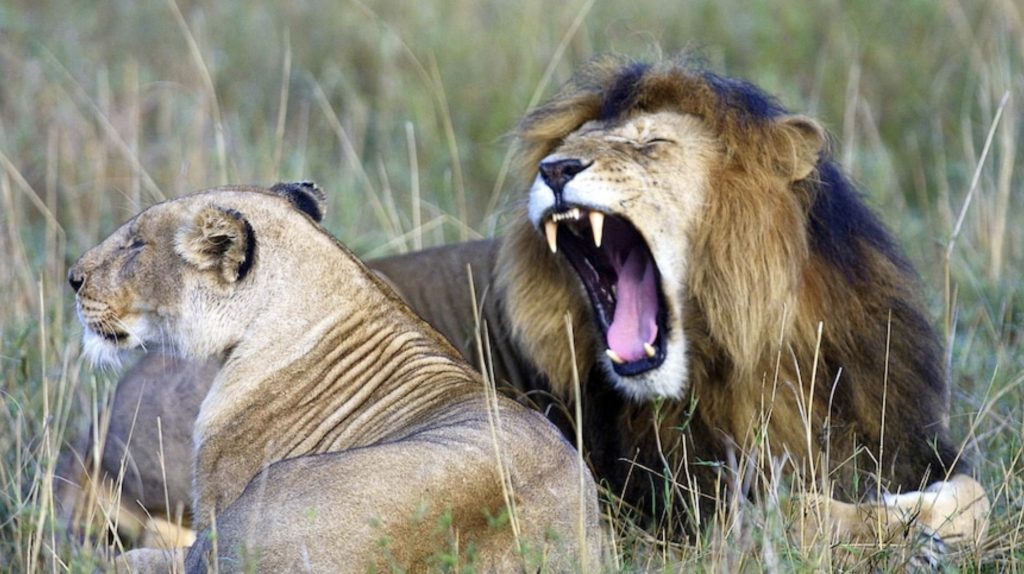
2. West African Lion (Panthera leo leo)
- Location: Countries like Senegal, Nigeria, and Benin
- Population: Fewer than 400
- Key Traits:
- Genetically distinct from other African lions
- Smaller body size
- Less social and live in smaller groups
- Conservation Status: Critically endangered
- Threats: Habitat fragmentation and conflict with humans
3. Central African Lion (Panthera leo leo)
- Location: Cameroon, Central African Republic, Chad
- Traits and Challenges:
- Shares traits with both West and East African lions
- Lives in scattered populations
- Faces similar conservation issues—poaching, habitat loss
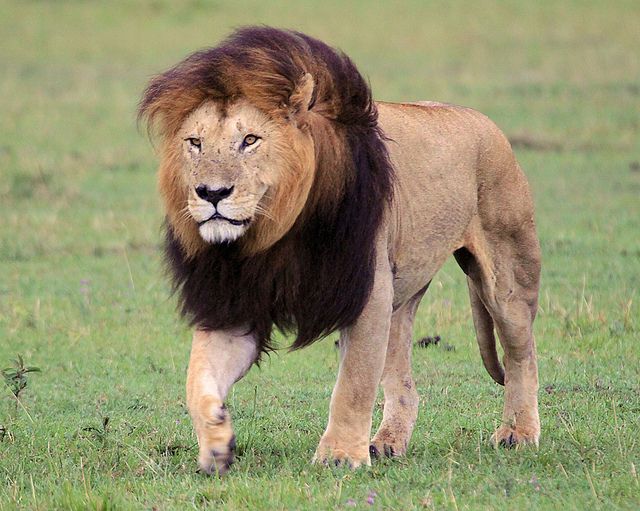
4. East African Lion (Panthera leo melanochaita)
- Location: Kenya, Tanzania (home of the Serengeti)
- Traits:
- Iconic golden appearance
- Large, structured prides
- Majestic dark-maned males often seen in documentaries
- Conservation Status: Vulnerable
- Fun Fact: Tanzania alone is home to about half of all wild African lions.
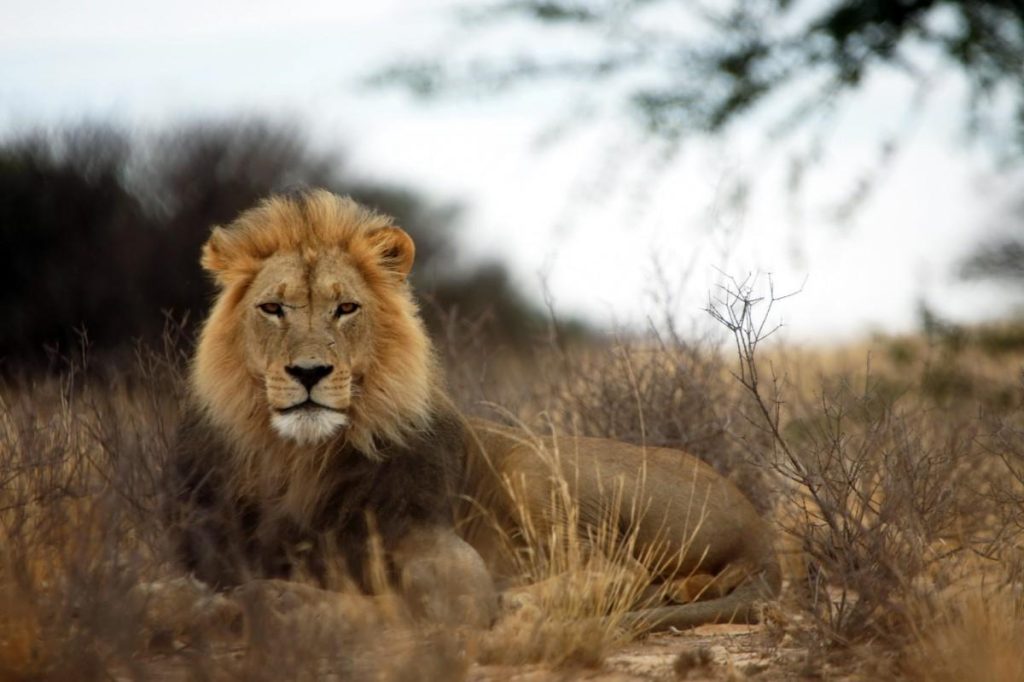
5. Southern African Lion (Panthera leo melanochaita)
- Location: South Africa, Botswana, Namibia, Zimbabwe
- Traits:
- Among the largest lions
- Thrive in well-protected areas like Kruger National Park and Okavango Delta
- More stable populations due to conservation efforts
What About the Barbary Lion?
The Barbary lion, also known as the Atlas lion, once roamed North Africa and is now extinct in the wild. Some lions in captivity (particularly in Moroccan zoos) may carry Barbary lion DNA, but pure Barbary lions no longer exist. They were famous for their massive size and long, dark manes that extended over the shoulders and belly.
Why Subspecies Matter
Recognizing lion subspecies helps conservationists:
- Protect unique genetic lineages
- Focus on specific regional threats
- Prevent the extinction of lesser-known, isolated populations
With fewer than 20,000 lions left in the wild, every subspecies—and every individual—counts.
In Summary
Lions may be seen as one mighty symbol of nature’s power, but they are a collection of diverse subspecies adapted to unique environments. From the dry forests of India to the lush Okavango Delta, each population has its own story. Preserving that diversity is just as important as saving the species itself.
Disclaimer: This blog post is for edutainment purposes only and may not be entirely accurate.






